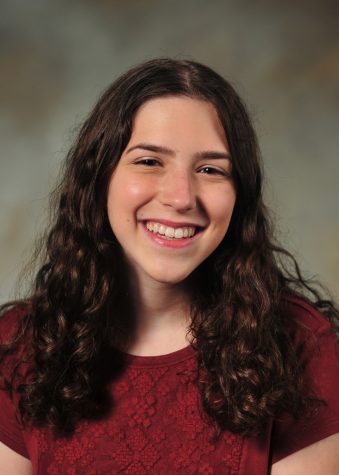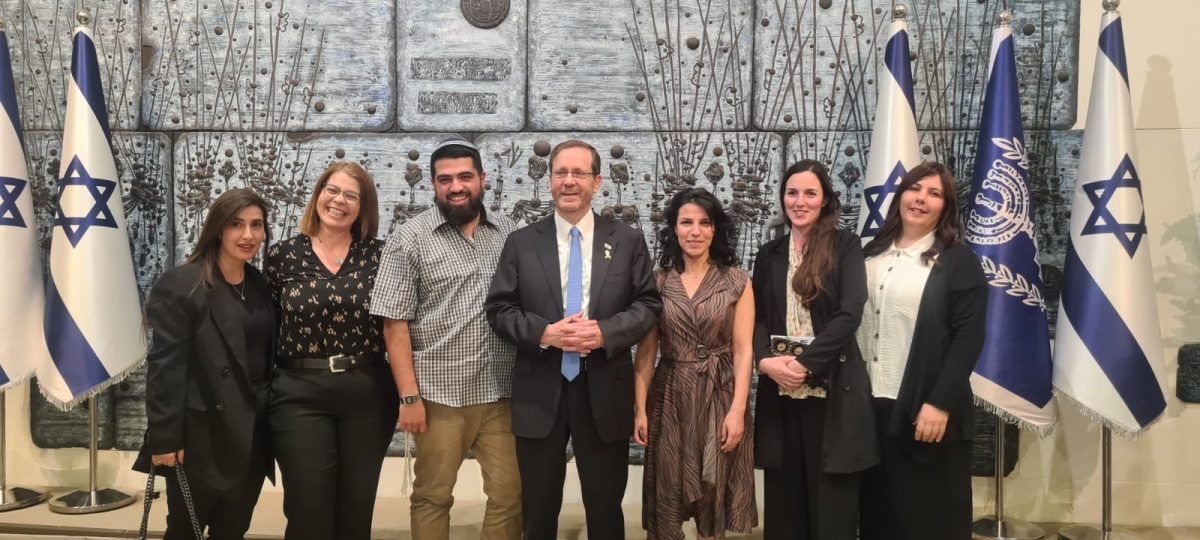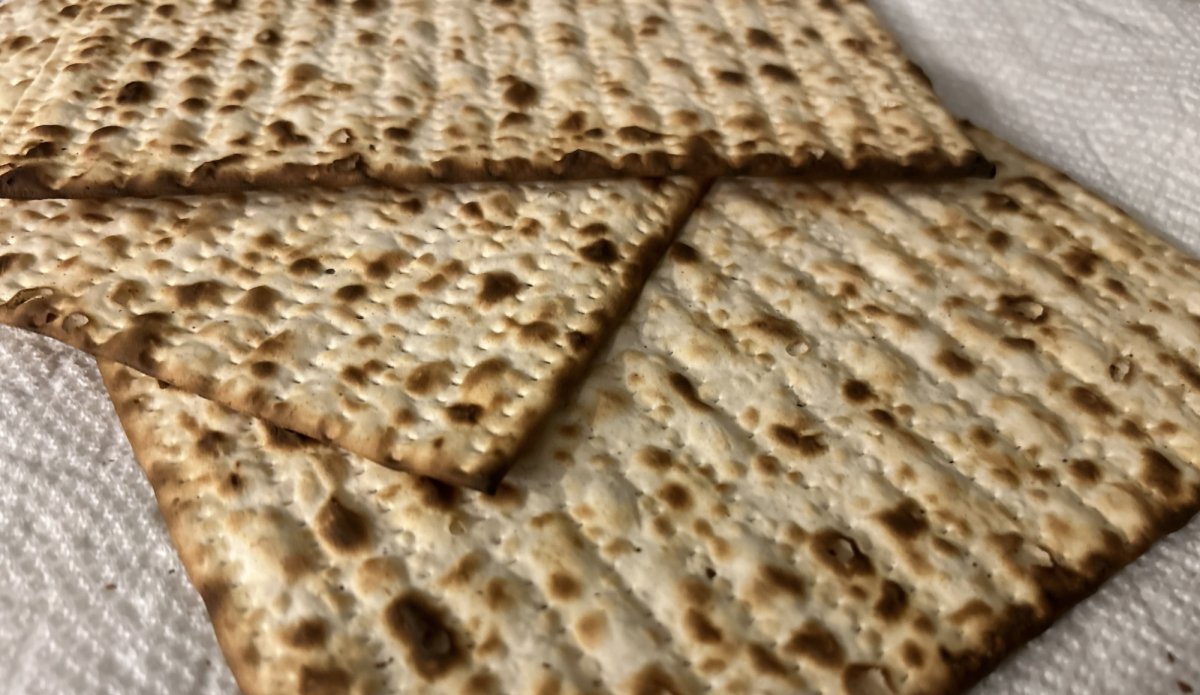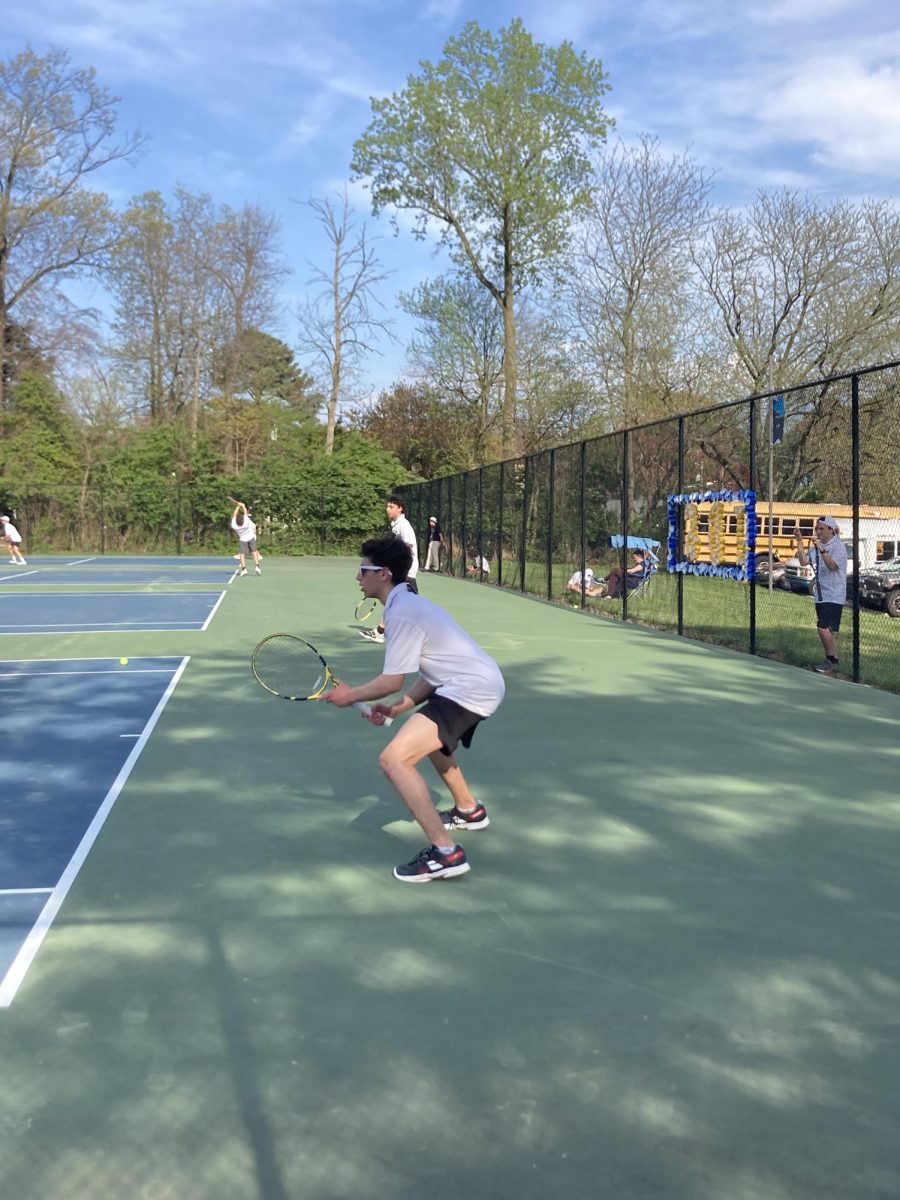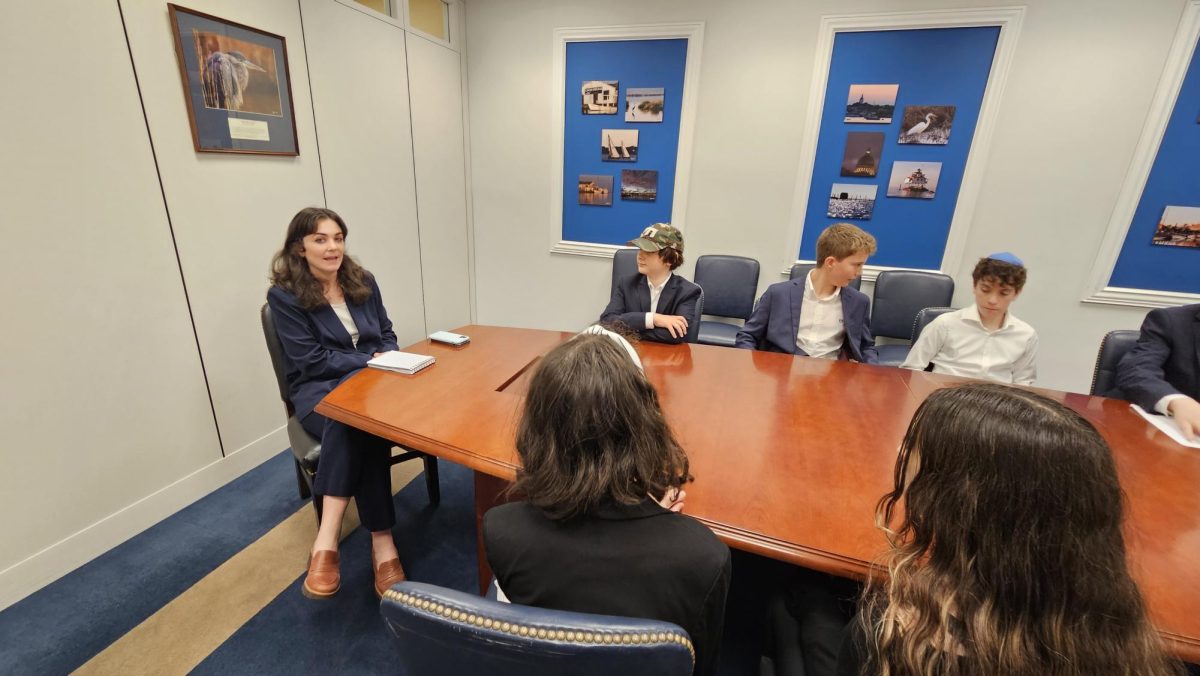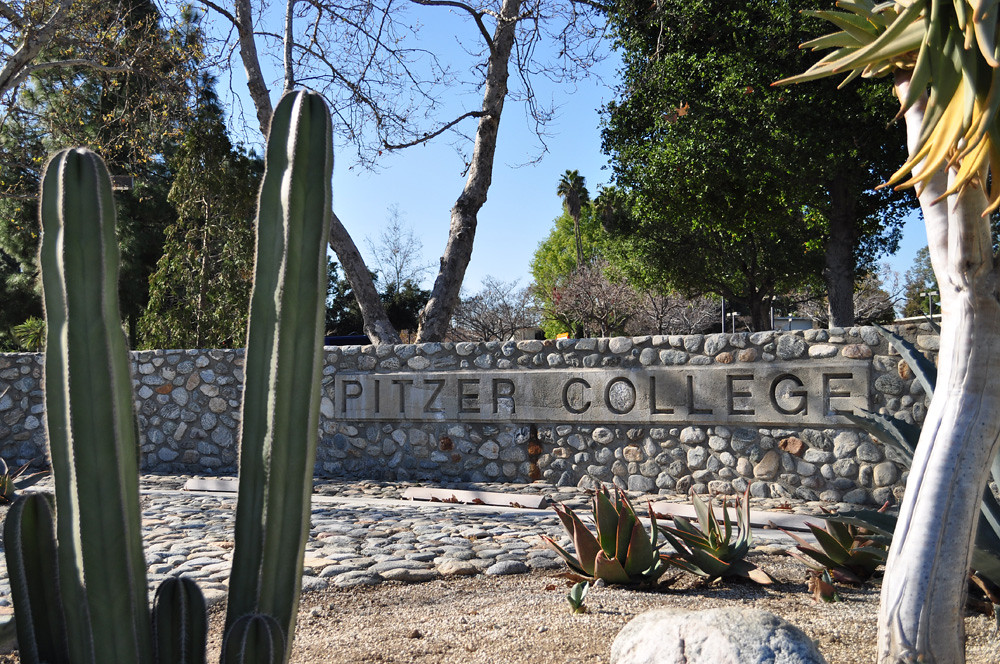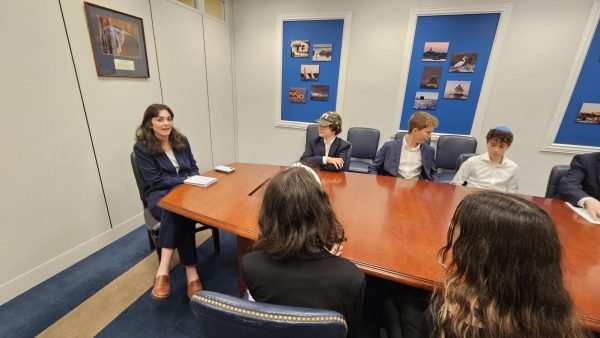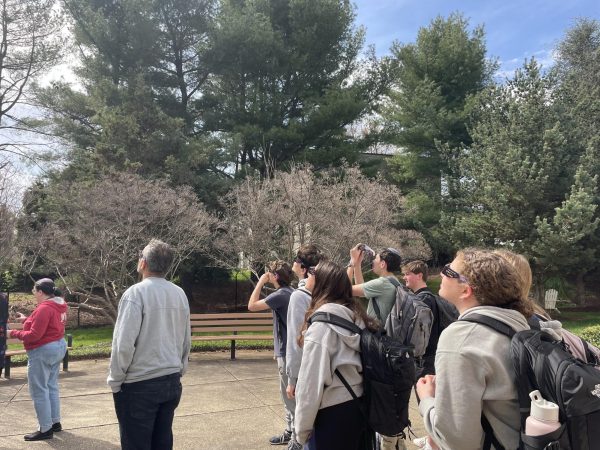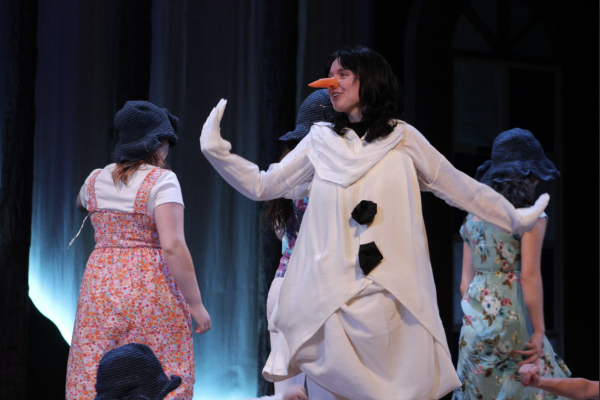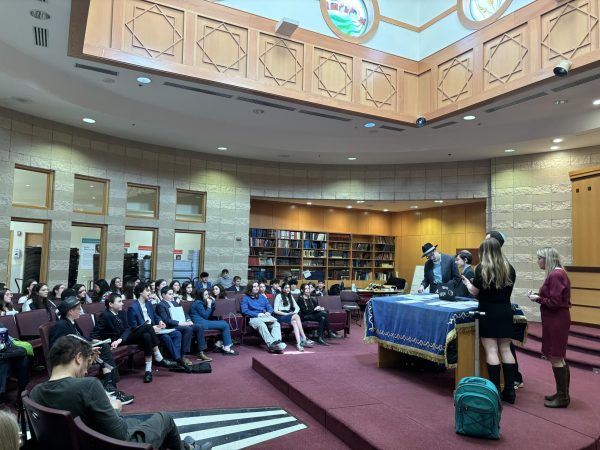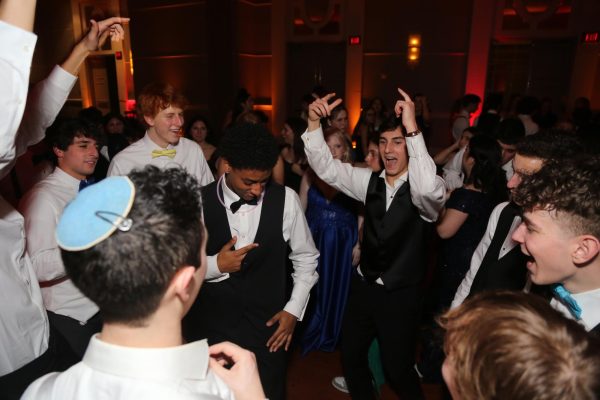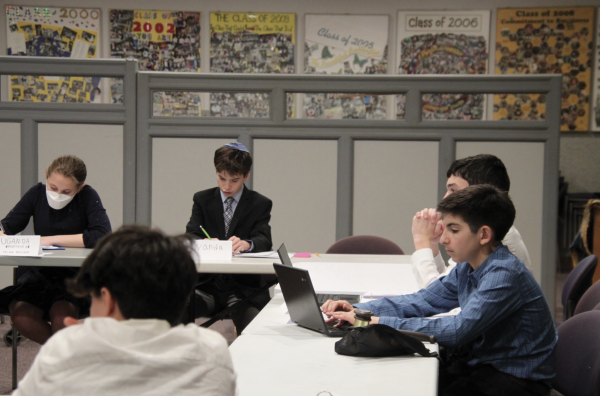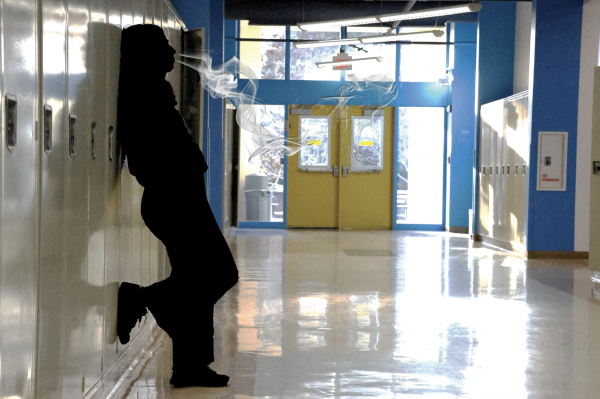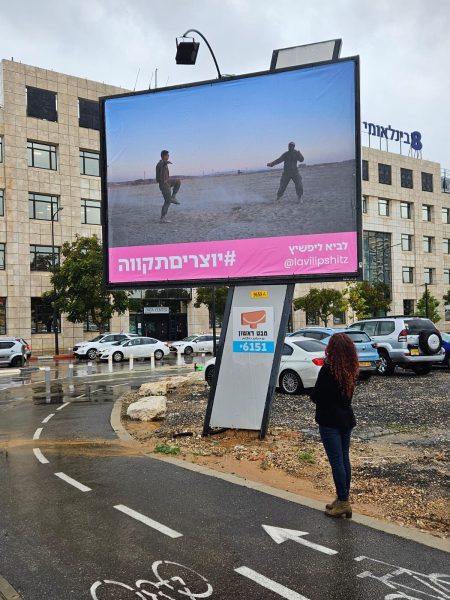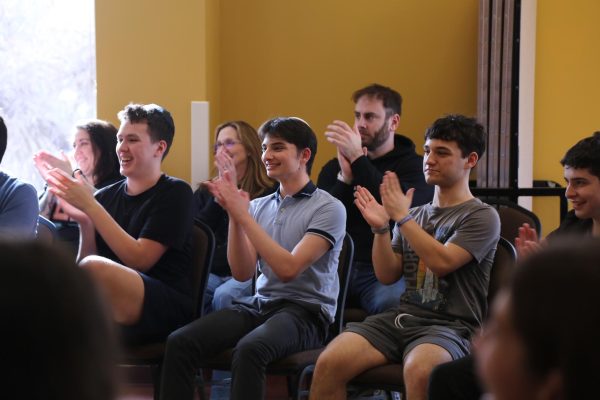A New Toy for the Library: Upper School Welcomes 3-D Printer
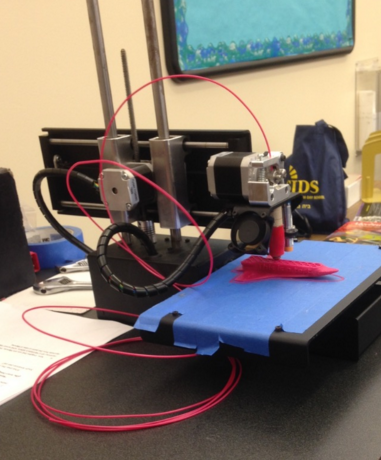
Upper School 3D printer prints a plastic toy airplane in the Levitt Library.
December 16, 2015
The Upper School library has lots of books and magazines, but it’s unlikely any of them will get students as excited as its newest addition: a 3-D printer.
The printer is available for student use and was transferred from the Lower School earlier this year. The Lower School initially purchased the printer for $600 but the technology department determined that it was too flimsy for the school-wide use they envisioned. At the beginning of the school year, they bought a $3000 3-D printer deemed more suitable for a school environment and let the Upper School take the flimsier one. Director of Instructional Technology Ginger Thornton hopes to eventually purchase a more sophisticated printer for the Upper School as well.
The middle school STEM club and senior Anna Rose Osofsky have taken up an especially keen interest in the printer. They began by creating test squares the size of a coin and have successfully worked their way up to creating a miniature model airplane.
Using programs such as SketchUp and Blender, students can either draw original designs or print already created ones. Middle school students in the STEM club began exploring these programs at the beginning of the year.
“Being a part of the STEM club is really exciting,” seventh grader Noah Simon said. “The new printer is a great opportunity for people to have an experience with 3-D design and computer programs.”
Thornton brought the small printer to the Upper School hoping students would be interested in working with it.
“The 3-D printer will help students get involved with STEM because it is a cool device and students will want to learn to use it,” said Osofsky.
Thornton believes that the 3-D printer is an important step for STEM at the Upper School. She said that giving students the opportunity to engineer objects from scratch fosters “critical thinking and analysis.” She also hopes that it could help a robotics club get started at the Upper School. The printer would be used to print custom parts for the robots.
“A robotics club would put our students in a position to deal with real world problems,” Thornton said. “Many robotics competitions encourage students to solve everyday problems by using engineering.”
The printer is currently located in the back room of the library, but the Upper School plans to create a more user friendly space in the library for students to design and print objects.
Seventh grader Netanel Belgrade has enjoyed using the printer thus far.
“This is the coolest thing I’ve seen at the Upper School,” Belgrade said.


